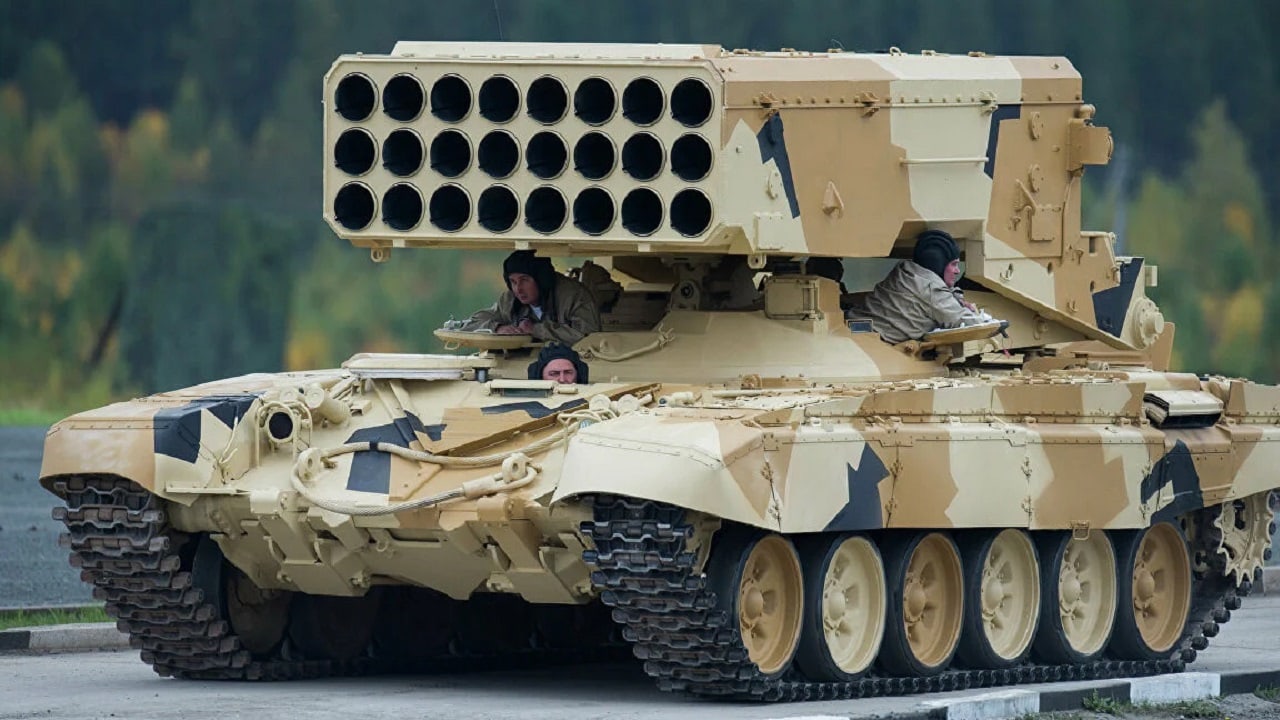On day 46 of the Russian invasion of Ukraine, the Russian military is repositioning its forces for a renewed attack on eastern Ukraine. The Ukrainian military is also sending troops and arms to the Donbas in expectation of the Russian assault.
Preparing For the Next Phase of the War
In its daily estimate of the war, the British Ministry of Defense stated that the Russian military is trying to fill up manpower gaps created after more than a month of war in Ukraine by targeting former soldiers and recruiting pro-Russian fighters from separatist regions.
“In response to mounting losses, the Russian armed forces seek to bolster troop numbers with personnel discharged from military service since 2012. Efforts to generate more fighting power also include trying to recruit from the unrecognised Transnistria region of Moldova,” the British Military Intelligence assessed.
In a sense, Russian President Vladimir Putin has created a trap for himself. By calling the invasion a “special military operation,” Putin has placed himself in a corner because he can’t call on the Russian reserves because he hasn’t declared war on Ukraine. However, as the war enters its second phase and Russian casualties continue to mount, the Kremlin might shift tack and embrace a more “total war” approach that would enable Putin to use the full extent of the Russian military.
The Ukrainian Ministry of Defense claimed that as of Sunday, Ukrainian forces have killed approximately 19,300 Russian troops (and wounded approximately thrice that number), destroyed 152 fighter, attack, and transport jets, 137 helicopters, 722 tanks, 342 artillery pieces, 1,911 armored personnel carriers, 108 Multiple Launch Rocket Systems (MLRS), seven boats, 1,384 vehicles, 76 fuel tanks, 55 anti-aircraft batteries, 112 unmanned aerial systems, 25 special equipment platforms, such as bridging vehicles, and four mobile Iskander ballistic missile systems.
Indiscriminate Targeting of Civilians
From the beginning of the war, the Russian military campaign has been characterized by the indiscriminate use of long-range fires that are killing and maiming civilians.
“Russia’s departure from northern Ukraine leaves evidence of the disproportionate targeting of non-combatants, including the presence of mass graves, the fatal use of hostages as human shields, and mining of civilian infrastructure. Russian forces continue to use IEDs to inflict casualties, lower morale, and restrict Ukrainian freedom of movement. Russian forces also continue to attack infrastructure targets with a high risk of collateral harm to civilians, including a nitrate acid tank at Rubizhne,” the British Ministry of Defense stated.
The attack at a railway station at Kramatorsk on Friday, which left more than 50 civilians dead and hundreds wounded, is the latest example of the Russian military’s indiscriminate shelling approach.
“The attack on a Ukrainian train station is yet another horrific atrocity committed by Russia, striking civilians who were trying to evacuate and reach safety. We will continue our security assistance and weapons deliveries to help Ukraine defend their country. And, together with our allies and partners, we will support efforts to investigate this attack as we document Russia’s actions and hold them accountable,” President Joe Biden said about the missile strike in Kramatorsk that killed more than 50 civilians and wounded hundreds more.
1945’s New Defense and National Security Columnist, Stavros Atlamazoglou is a seasoned defense journalist specializing in special operations, a Hellenic Army veteran (national service with the 575th Marine Battalion and Army HQ), and a Johns Hopkins University graduate. His work has been featured in Business Insider, Sandboxx, and SOFREP.

